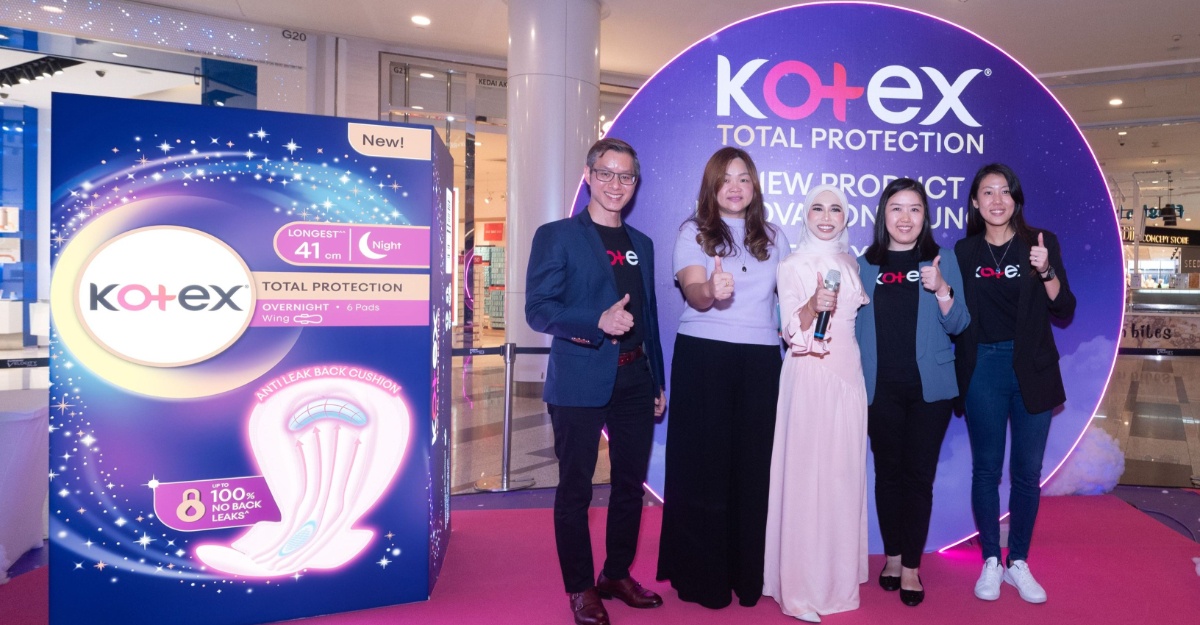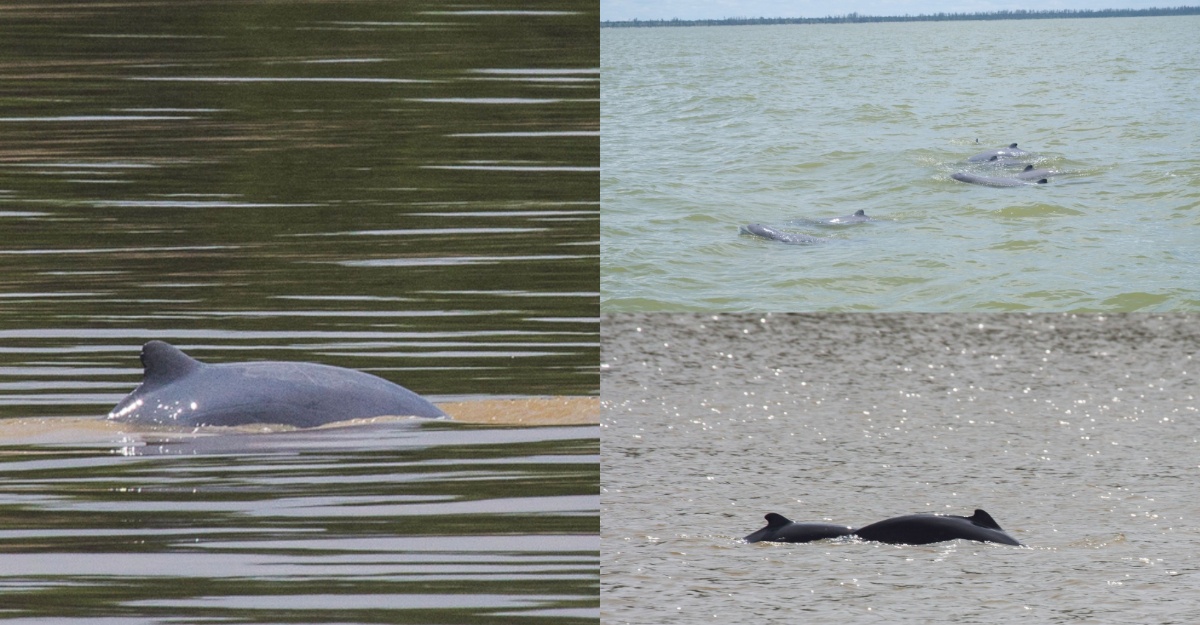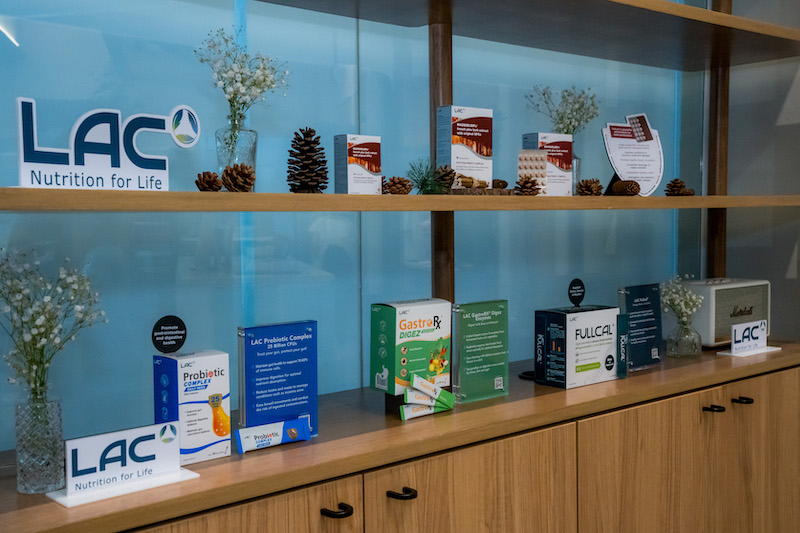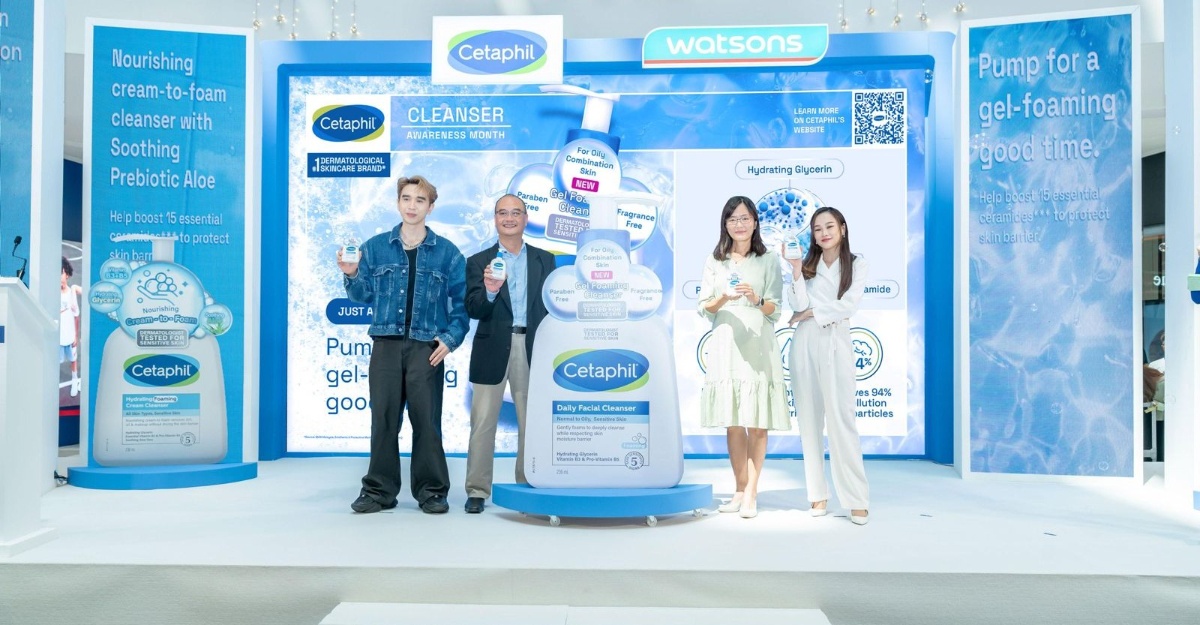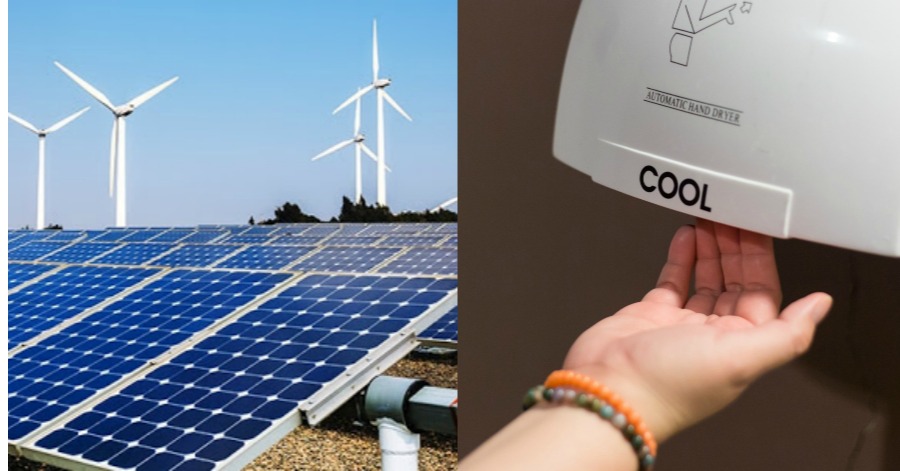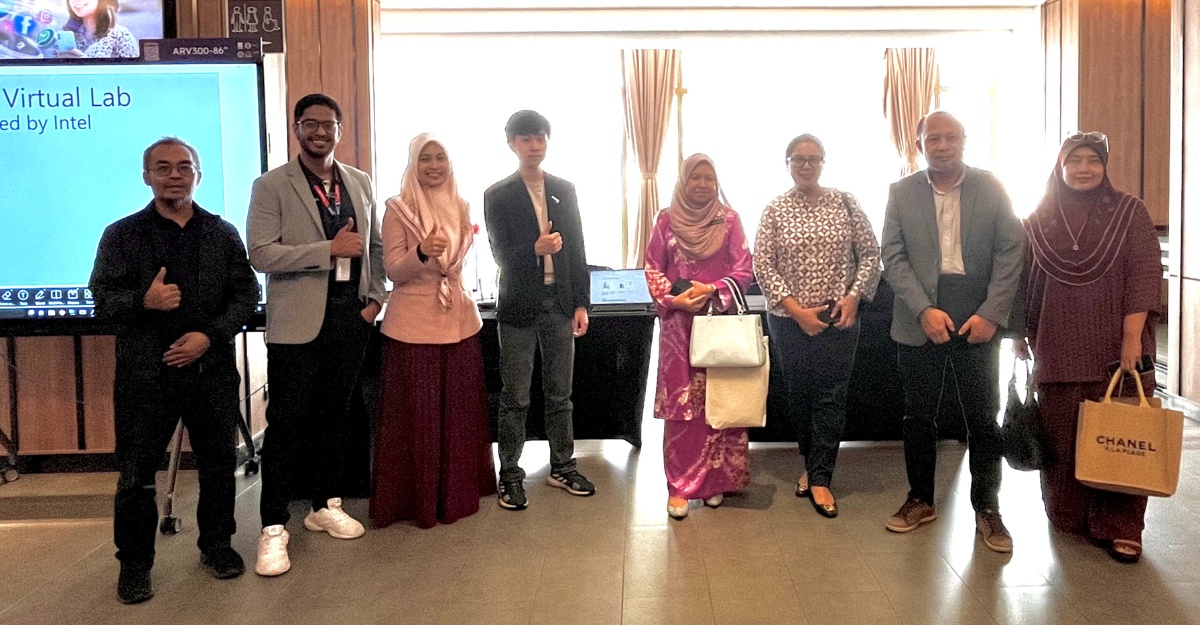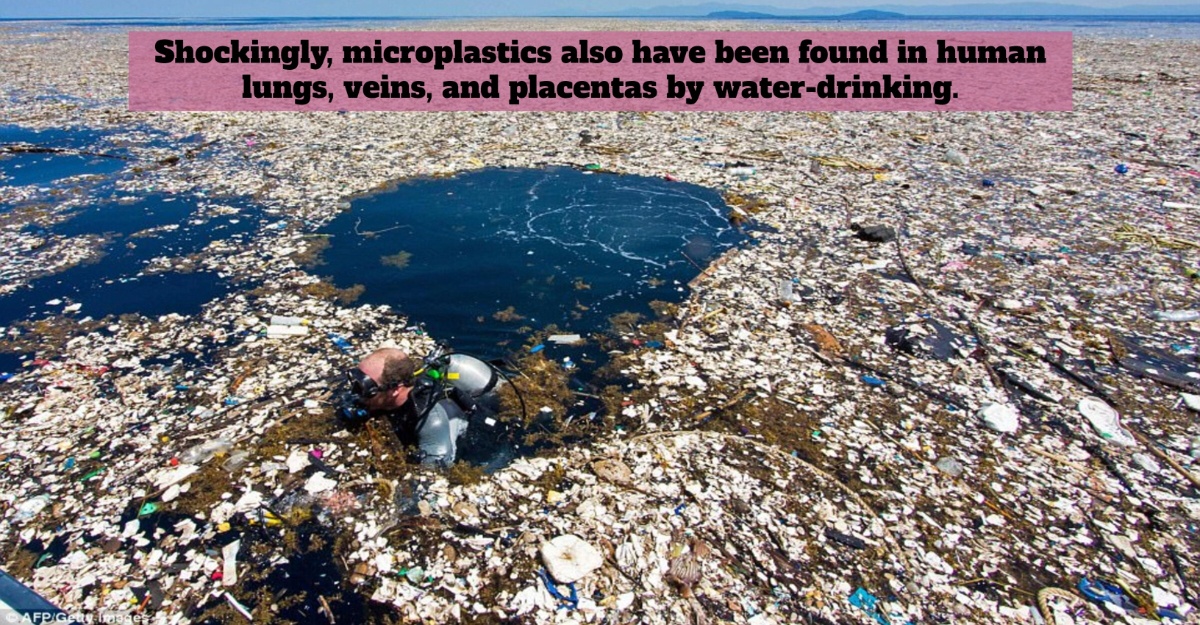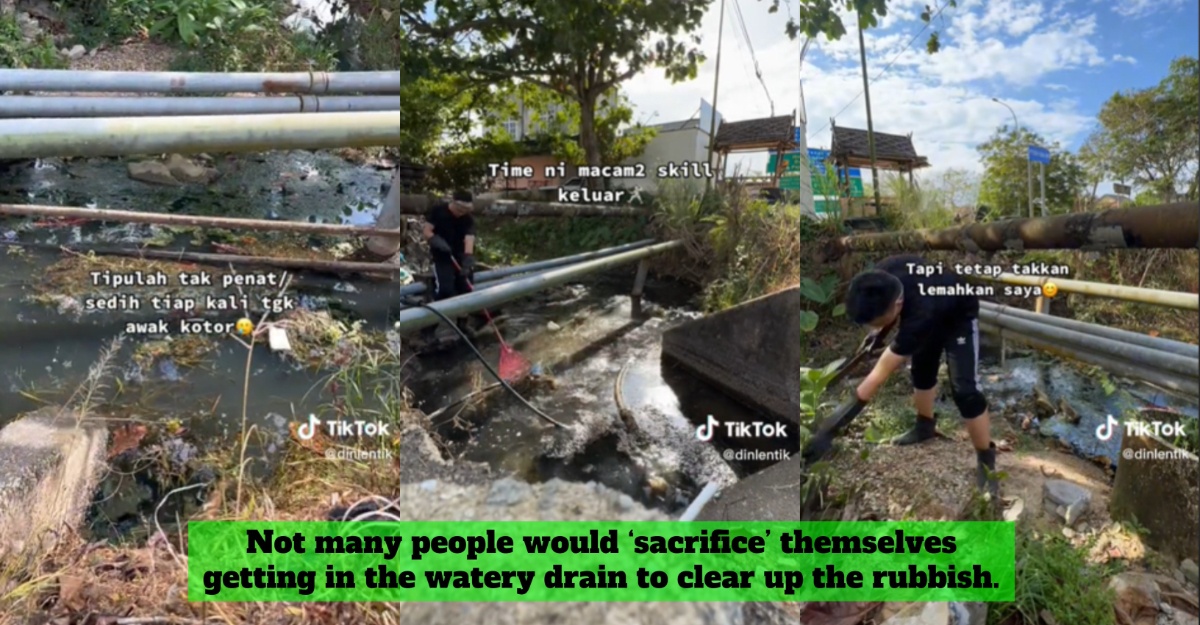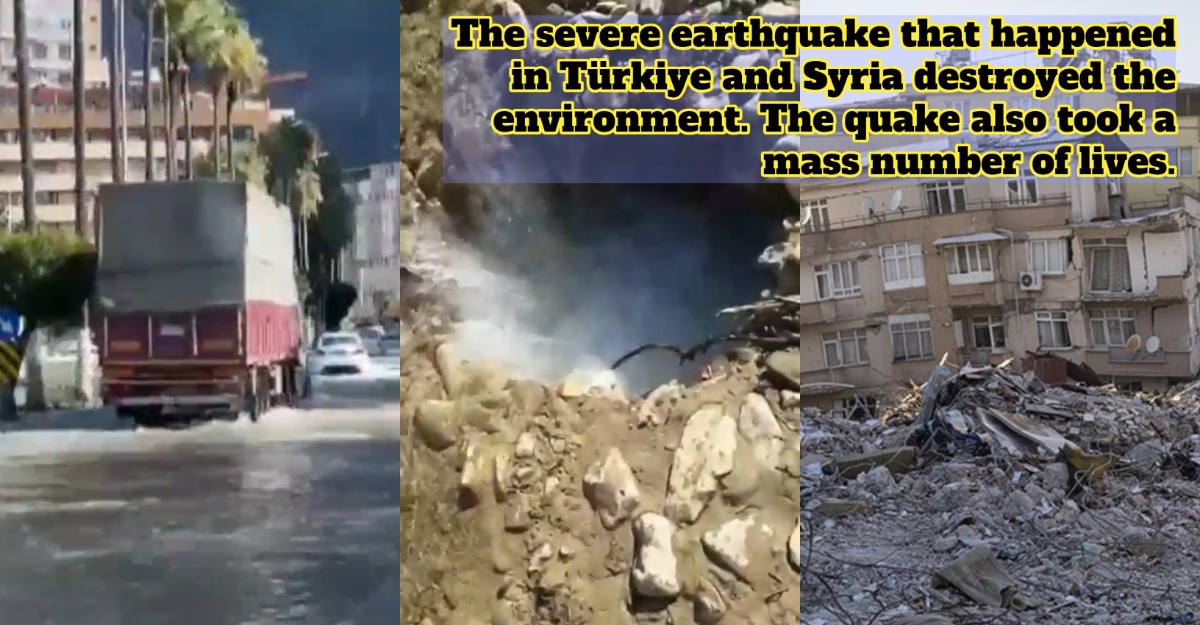Every human being has a responsibility to take care of the earth. Along with the movement of time, technology is growing and although it provides benefits, technology is actually one of the root causes of environmental damage.
To solve this problem, various inventions humans try to create. However, some of them give the opposite effect.
1.Hand Dryer

Surely you have all seen and used an air dryer. Air dryers in public toilets that are marketed as ‘environmentally friendly’ and ‘save trees’ are actually a waste.
This dryer uses high electrical power and is not very effective for drying your hands. So, you have to use it for quite some time.
With the power required for this purpose especially older models, using paper tissue is actually a better option. Paper tissue is usually able to provide 90 percent dryness of the hand within ten seconds, while 40 seconds is required by the air dryer for this purpose at the same level.
While there are newer technologies for cold or high-pressure air dryers, the price is much more expensive making it rarely seen in public places.
2.Electric Car

This may come as a bit of a surprise. Yes, driving an electric car does not produce carbon emissions and the purpose of its production is as environmentally friendly.
Even so, most people are surprised to learn how much carbon dioxide is released while producing lithium-ion batteries used to power this electric car.
A recent study by the Swedish Institute of Environmental Research IVL showed that the production of electric car batteries releases tremendous amounts of carbon dioxide.
For example, the Nissan Leaf electric car has a 30-kilowatt-hour battery and the Tesla Model S battery is about 100-kilowatt hours. The production of a battery produces about 150 to 200 kilograms of CO2 per kilowatt-hour. So, Nissan Leaf has released CO2 into the air, before the cars are sold.
The production of Tesla Model S batteries provides a total COD emissions of around 15 to 20 tons. The concept of electric cars is indeed a brilliant idea, but as long as the production of these batteries is not very efficient, then the environmental benefits are still not achieved.
3. Solar Panel

Just as lithium batteries, solar panels harm involves the production process. Production of solar panels requires corrosive chemicals such as sodium hydroxide and hydrofluoric acid, and high electric power consumption, and also water.
It also produces waste products some of which are very dangerous. These problems raise questions about how solar energy can fight climate change and reduce the toxic environment.
In addition, the solar panel uses a lot of full metal (such as tellurium and indium), and when it is no longer suitable for use, there is no process available to recycle. Solar panel manufacturer said there was sufficient demand to take the time to produce a process of recycling.
The companies involved must take responsibility for the environment involves the production but so far, the solar panel is not environmentally friendly as we think.
4. Bamboo (Fabric)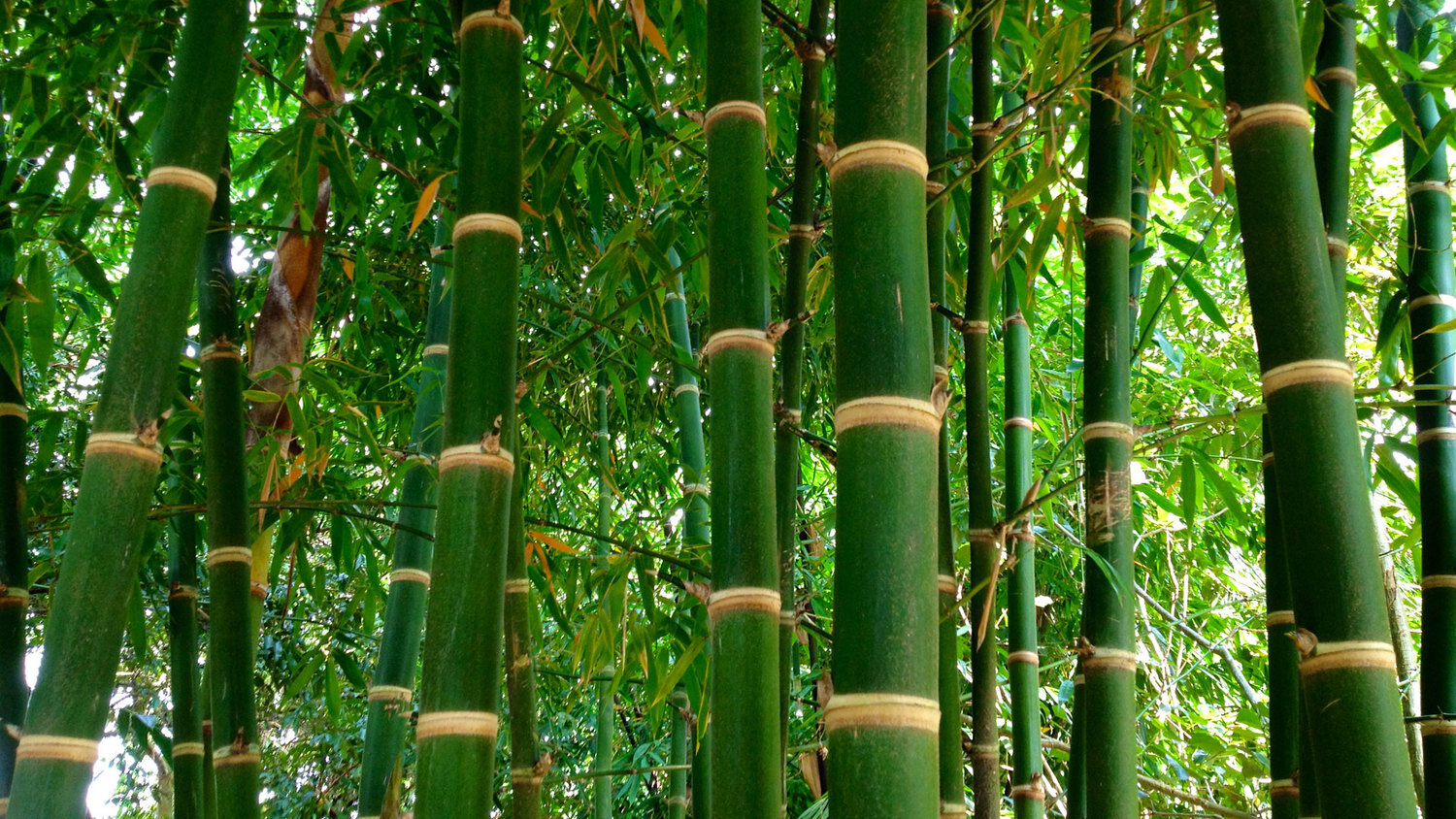
Using bamboo to produce fabrics has become in demand and has become popular due to the ‘environmentally friendly’ marketing. Bamboo mills grow rapidly and do not require fertilizers or pesticides, so they are a more renewable plant source.
However, most people do not realize that the process of turning bamboo into fabric uses many powerful chemicals.
For cotton, it only needs seed removal and drying and then converted into yarn. But bamboo has to be crushed, cooked in distillate (sodium hydroxide) into a concentrated solution, and eventually into a thread.
It is then dipped in acid before it can be made into a thread. There is also a bleaching process in the production of yarn using bamboo. The use of environmentally friendly chemicals in this process is disputed.
While some companies take security measures to control strong chemicals already used in manufacturing, most garments made from bamboo are processed in China, where they do not have such laws to protect the environment from these chemicals.
5. Washable Diapers
Apparently disposable diapers are not as wasteful as you might think.
In a recent study by the Environment Agency, the overall impact on global warming is estimated to be higher for washable nappies compared to disposable diapers.
As a result of this is very surprising due to the use of power and water to wash the diapers washing machines.
The study noted that diapers can be washed just going to have a lower carbon footprint if washed using an energy-efficient washing machine.
Sources: Nationalgeographic.com, Ivl.se, ebsupply.com, Goodonyou.com, Washingtonpost.com


